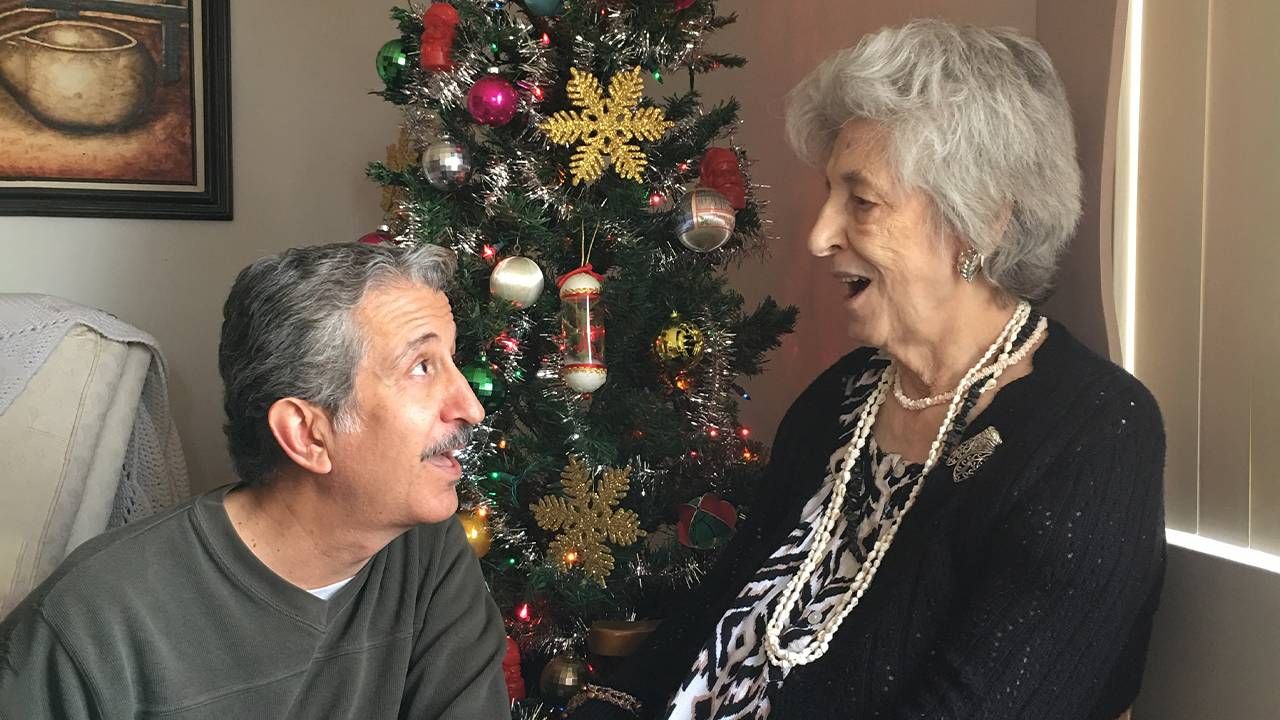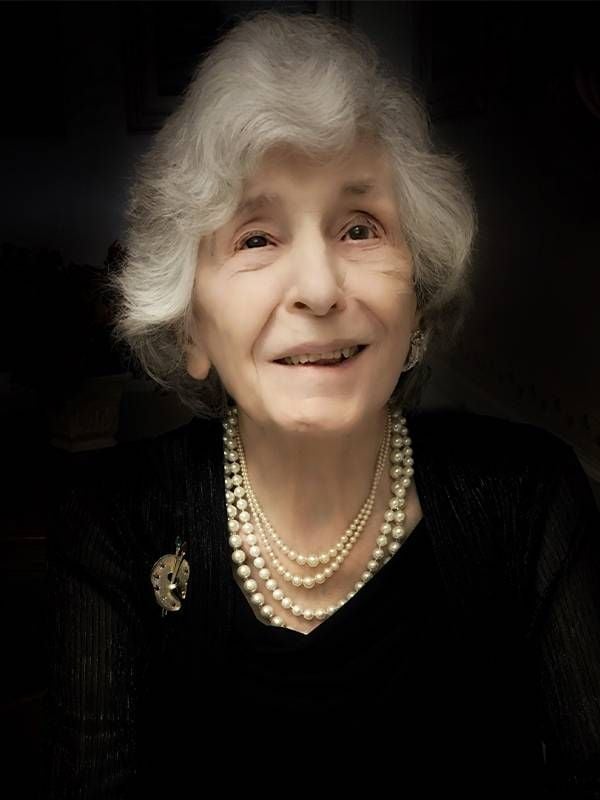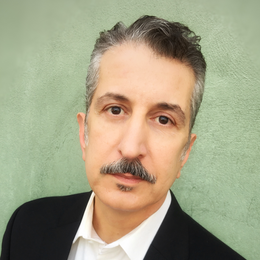The Comfort Zone of Palliative Care
When his mother lingered in the final stages of Alzheimer’s disease, the support of a palliative care team changed everything for this caregiver
Not long after her 90th birthday, my mother began menstruating again.
"Well, I mean, that's what it looks like to me," I told my cousin James at the time. "Frank red blood in her brief. For five straight days now."
"I think you should call hospice," James replied. He's a registered nurse, a vice president at the Ohio Hospital Association and was, during the 15 years I was Mom's primary caregiver, the first person I called whenever anything weird happened.

I asked, "You mean, you think this is the end?"
"No," James said. "I mean that hospice can offer palliative home care programs to address Aunt Mary's comfort while you figure out why she's bleeding. They're often paid for by health insurance."
Two weeks later, my mother, who had Alzheimer's disease, was a hospice palliative patient. It felt, depending on what day you asked me, like either a giant comfort or a colossal waste of the care team's time.
It was great to have an RN stop by once a week to check on my mother's well-being; nice to confer with a social worker about adult diapers and pressure wounds; an indulgence to have access to a house-call doctor. Twice a week, a woman named Daria came by to bathe my mother — an impossible luxury for me, even though Mom was suspicious of Daria.
I finally felt less alone in this project, which I'd assumed would be a short, sad sprint that turned into a marathon.
None of this seemed to have anything to do with Mom's bleeding, for which she wasn't being treated. But I didn't care. I finally felt less alone in this project, which I'd assumed would be a short, sad sprint that turned into a marathon. By the time she began bleeding, I'd been her full-time caregiver for nine years and had, though I didn't know it at the time, another six years to go.
According to the caregiving journal I kept at that time, someone from Hospice of the Valley, Arizona's foremost end-of-life care agency, came to see if Mom really needed anything. By then I'd been turned down for every service I'd applied for — adult daycare, in-home respite care, financial assistance — so my hopes weren't high.
Palliative Care Was a Surprise
"Not what I was expecting," I wrote. "A woman named Maribeth Gallagher, who referred to herself as 'a former chick singer,' came to do a dementia consult. She sang to Mom and then played a hand of gin with her. Apparently Mom is demented enough, because Maribeth told me I'd be hearing from someone who'd come 'do intake,' whatever that means."
I asked Maribeth if there was a planet called Hospice that bred only super-kindhearted medical specialists who accepted health insurance, and she laughed.
When I phoned Maribeth, who's still with Hospice of the Valley and is now its dementia program director, I figured I'd remind her of this. I didn't have a chance.
"I remember your mom sitting at the kitchen table, very dignified, playing solitaire," she said before I could utter a greeting. "I think I sang 'Fly Me to the Moon' to her. She was a Sinatra fan, right?"
I'd forgotten how hospice workers could be. They showed up in your life like a long-lost friend who happened to have a medical degree, full of good cheer and wise advice and a box of rubber gloves. I ran into one of them in the grocery store recently, and she remembered my cat's name and that he'd once had an infected tooth. "If that happens again," she said, "just rub a little apple cider vinegar on Kitty's gums."
I asked Maribeth if there was a planet called Hospice that bred only super-kindhearted medical specialists who accepted health insurance, and she laughed.
"We're professionals who know how to show up with compassion, kindness and patience," she said. "We come from an evidence-based approach to the challenges and interventions of people living with dementia."
One of the biggest misconceptions about her industry, Maribeth told me, is that, as she put it, "palliative means hospice means end of life."
Palliative care is for life-limiting conditions, she explained, and is about symptom management. Because hospice is structured similarly, and more hospices are offering palliative programs, people like me are confused.
"When I heard of hospice, I thought of cancer," Maribeth said. "Because that's the model it was built on. There are these silos of excellence scattered around the country, but we need a national standard so that palliative care is everywhere."
In the meantime, Maribeth was relying on word of mouth to change things. "As the conversation continues, people will eventually know what palliative care is, and how it can make a difference in our lives."
Palliative Care Changed Everything
I remembered how it had changed mine. Although hospice palliative care came and went during my caregiving career, each of them made me feel like the captain of a very special team whose goal was keeping my mom comfortable.

I found myself looking forward to Wednesdays, when Nurse Paula came, if for no other reason than it gave me someone sane to talk to. She'd tell me stories about her parakeet before turning her attentions to my mother, whose dementia led her to believe it was 1931 and that she was six years old.
"Jackie followed me to school today," my mother confided in Paula on one of those Wednesdays. "I have to buy shoes and get my sheets folded."
"Jackie was her dog," I explained. "He got hit by a car in 1933."
"There were pinecones," my mother whispered to Paula, who nodded solemnly.
Paula eventually left us, not because my mother always mistook her for Herbert Hoover, but because Mom eventually stopped bleeding and hospice had rules about not providing palliative care unless there was a prevailing misery.
Focused on More Than the Illness at Hand
After they'd gone, I'd sometimes wonder what they'd accomplished. Although their weekly visits were predicated on something that required comfort care (in Mom's case these were skin breakdown; a cold that settled in her lungs; and a seizure disorder she developed a few years before her death), the hospice folks spent less time on the ailment at hand than they did eyeballing rashes, taking Mom's temperature, or discussing her recent appetite.
"That's because we do complete comfort care," Nurse Michael explained, when I texted him about the good old days when he used to help me pack Mom's pressure sore. "We can't really treat a patient's pneumonia, but we can train you with what to do in between our visits."
It sometimes felt like these people were looking after me more than they were my mother. I didn't always love this.
Nadia, one of the social workers assigned to Mom's care, was always after me to put her in a hospice facility for a couple weeks so I could get a little rest. "It's something we can provide," she told me each week. "We'd take excellent care of her!"
I didn't doubt it, but it felt too much like dropping Mom off at a kennel. Always I politely declined, and each week Nadia would try a different tactic. "You could go to France for a week! Paris is beautiful this time of year!" To Nadia's credit, when I finally told her to knock it off and leave me alone, she did.
When Mom came down with a cold, I called Hospice of the Valley. "I need palliative support," I said into the phone, as if I were ordering a cheese pizza. I was an old hand at this by now.
But this time, the intake nurse sized Mom up and announced it was time for end-of-life hospice care.
Although she lingered for eight long months, and despite the fact that Mom's insurance squawked, hospice hung in there. My mother died at home in a hospital bed with an electricized mattress designed to prevent bed sores; she was bathed by Daria and doted on by nurses who devised solutions for every end-of-life ailment Mom came up with on her way out.
From where I was sitting, in a chair beside my mother's death bed, end-of-life hospice care didn't look all that different from the palliative care we'd been getting for years.
Except this time, they behaved, very subtly, as if they had two patients: My mother, who was dying, and her youngest son, who needed a roomful of people with whom to discuss her leaving.


